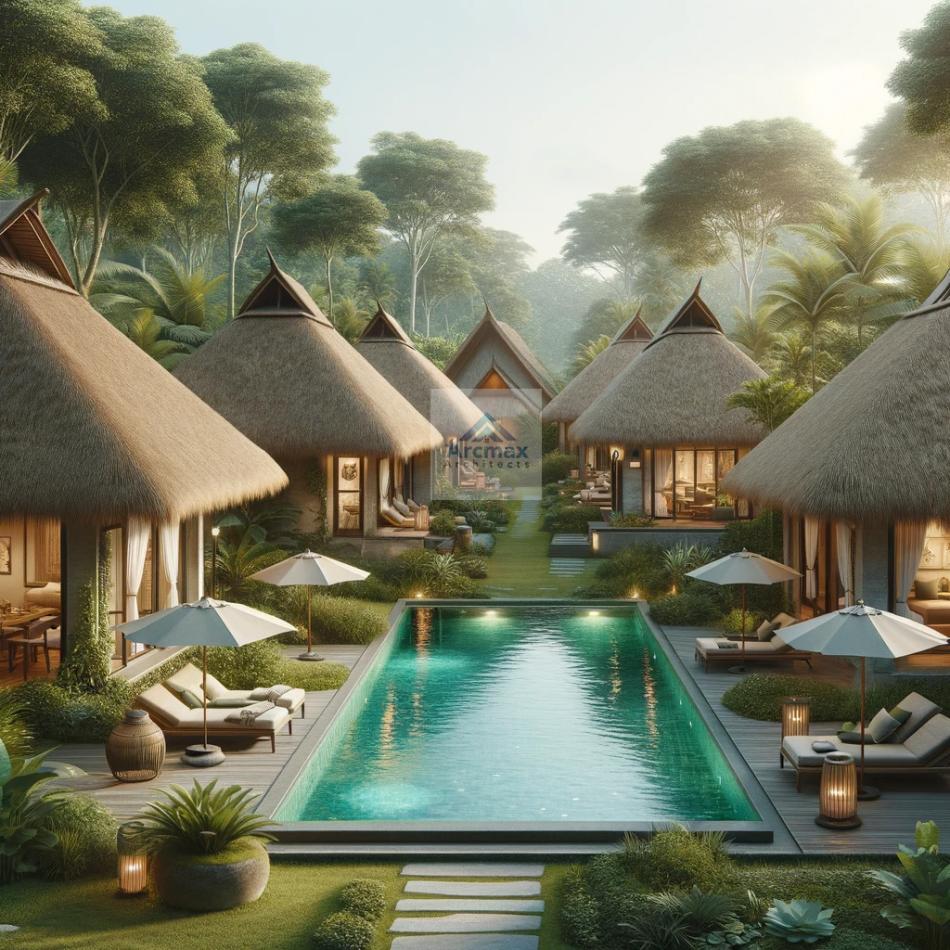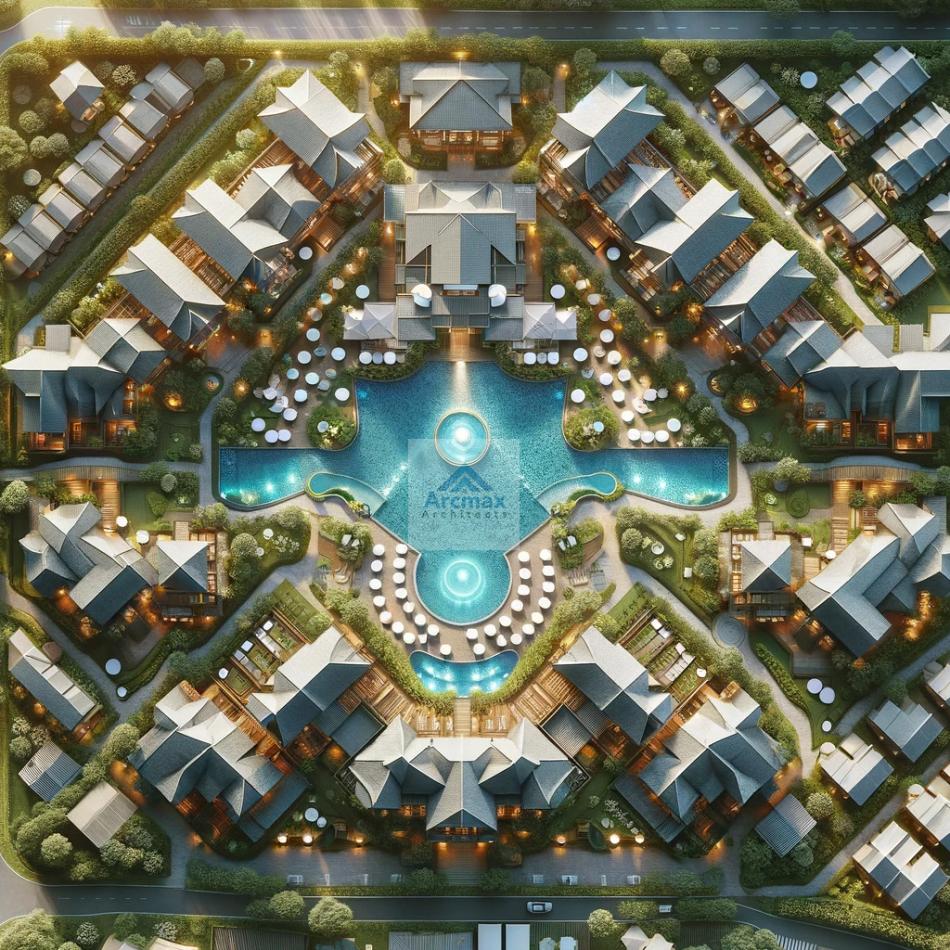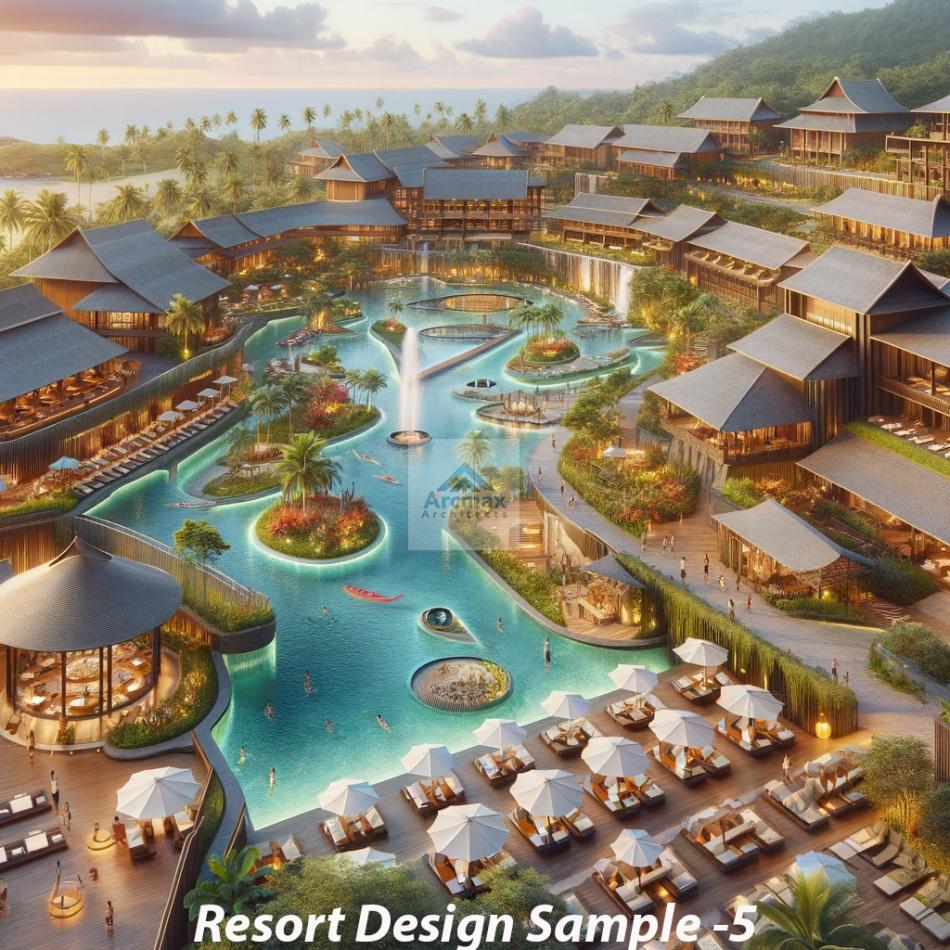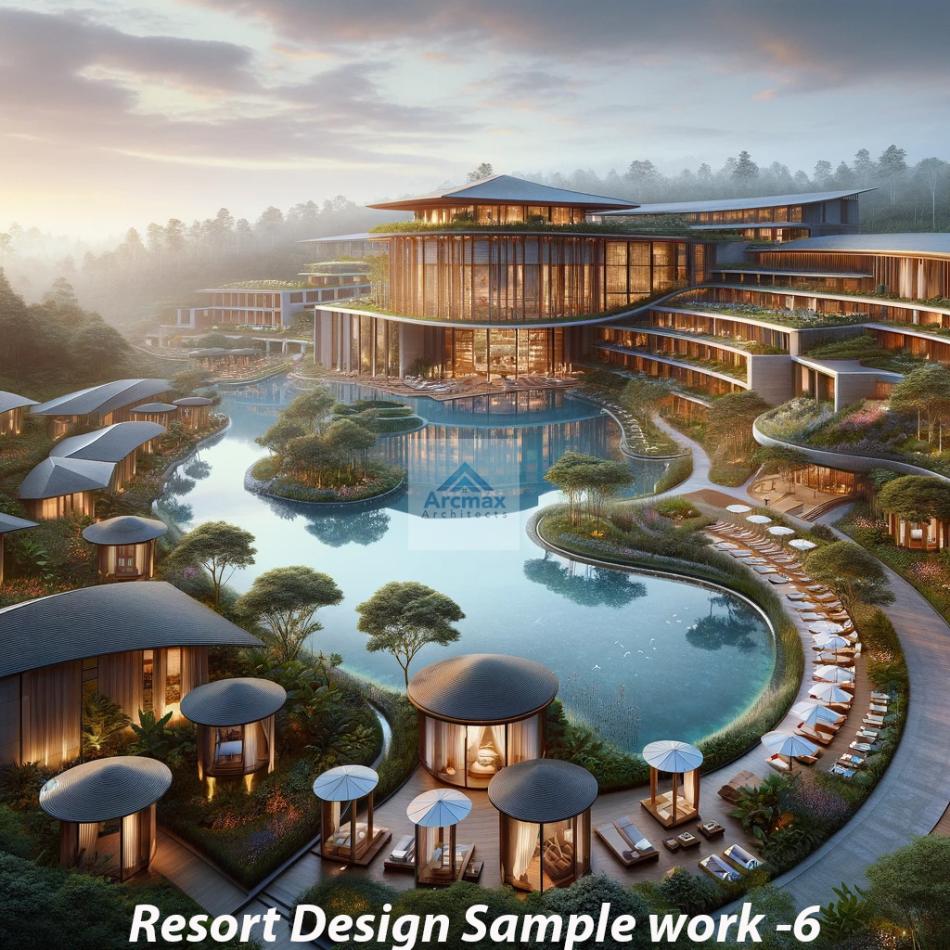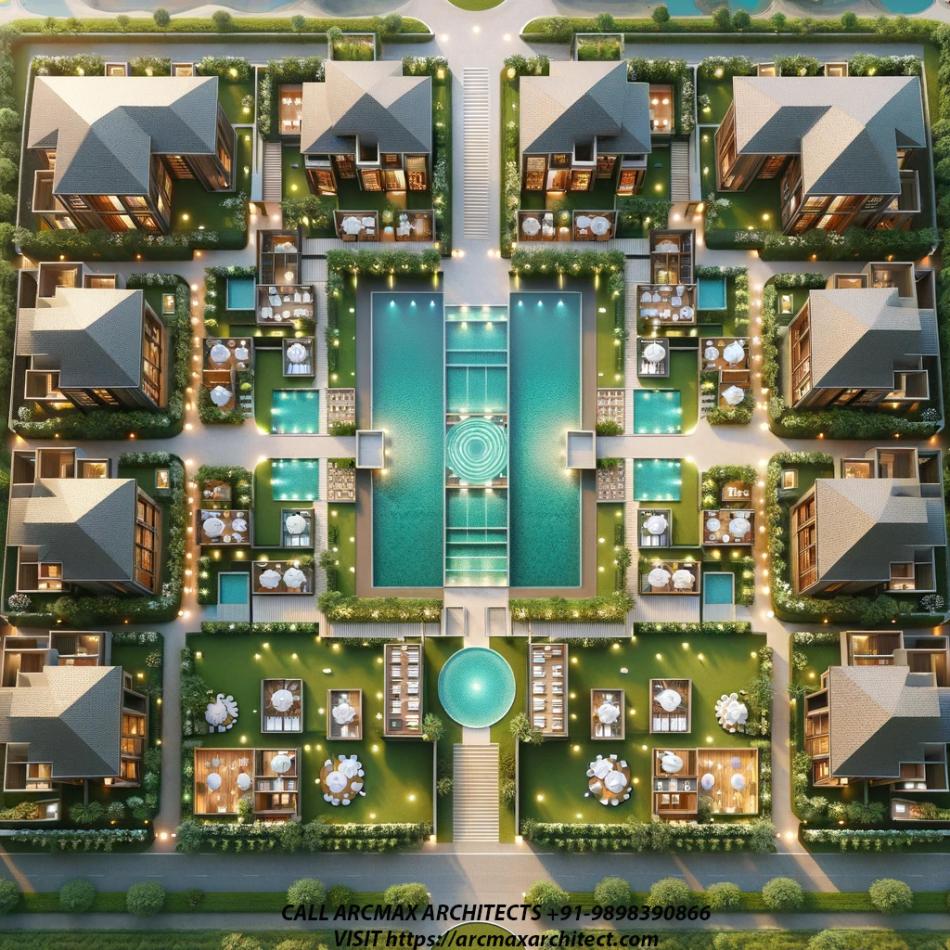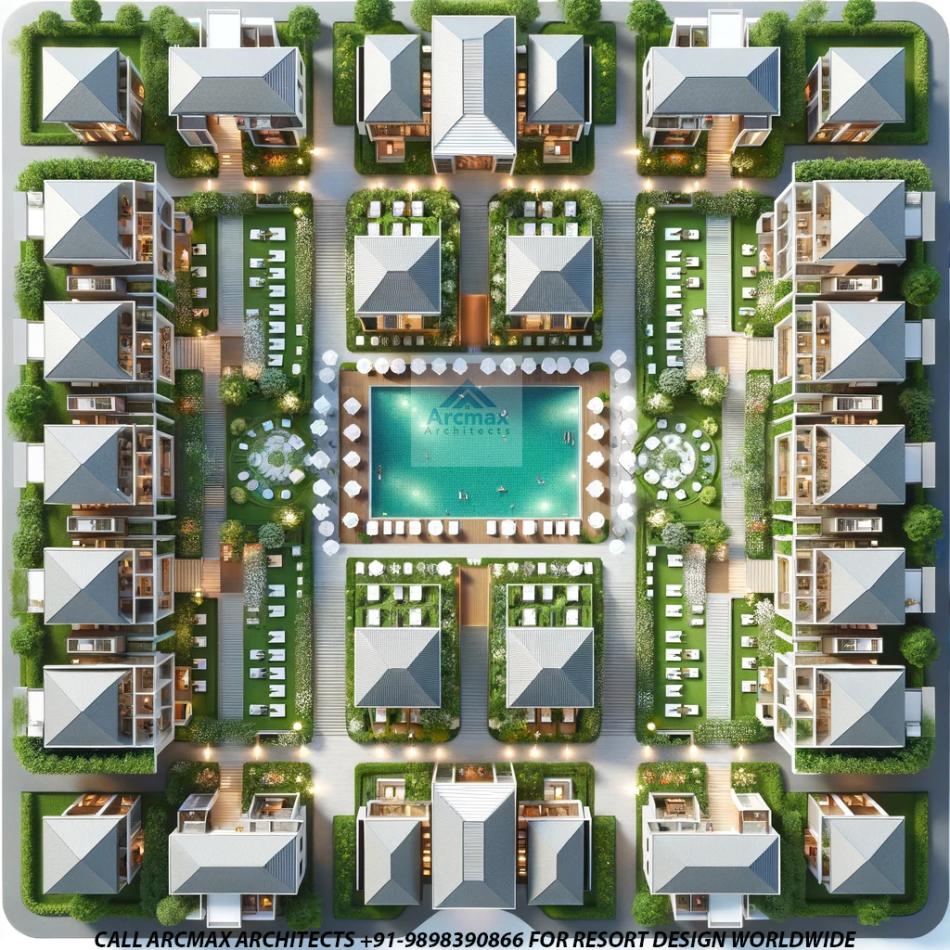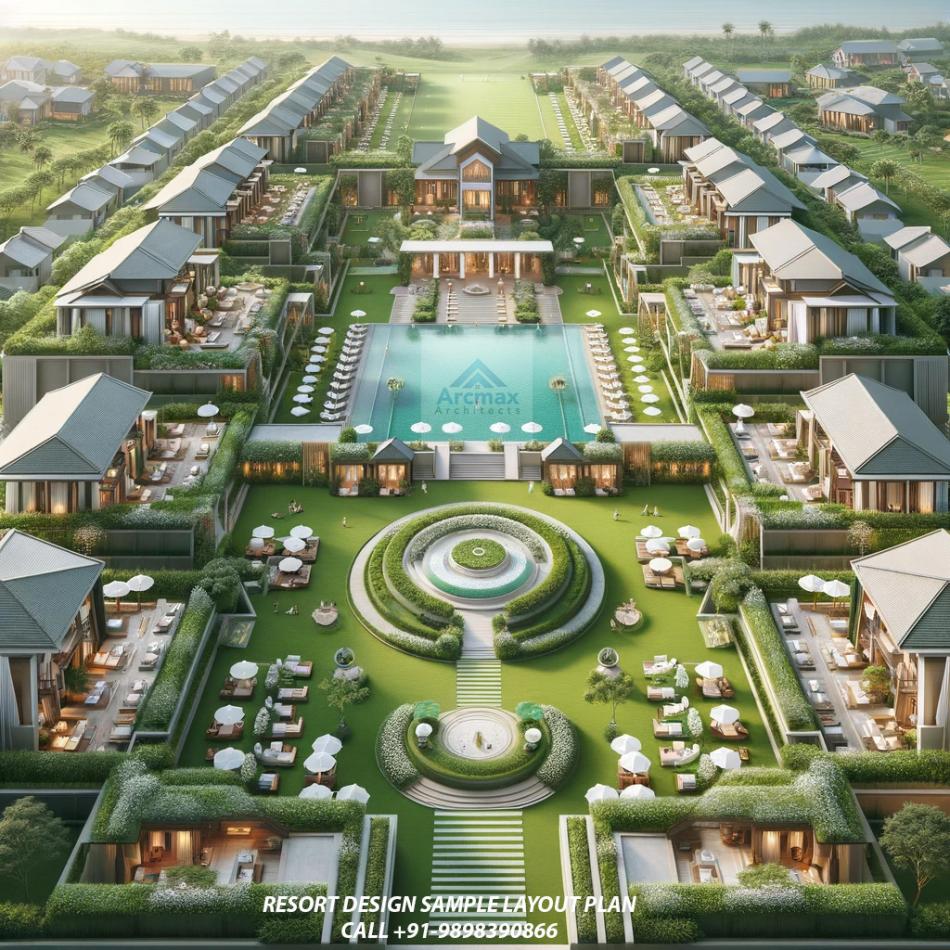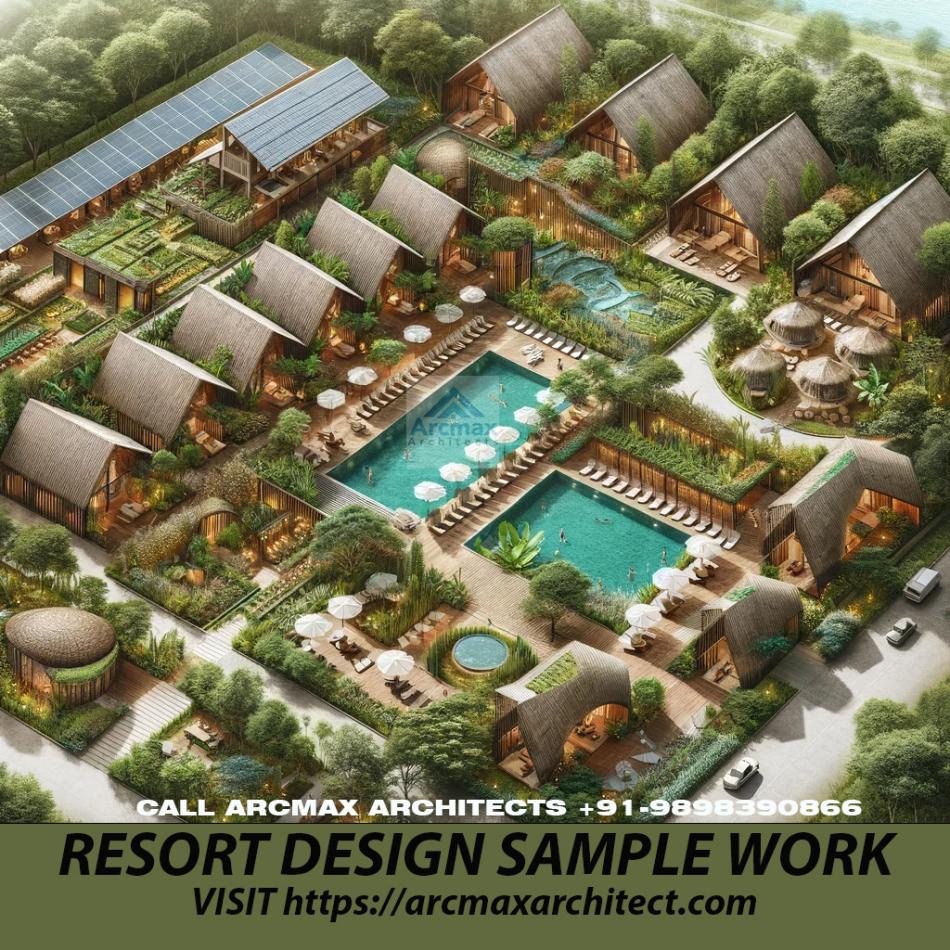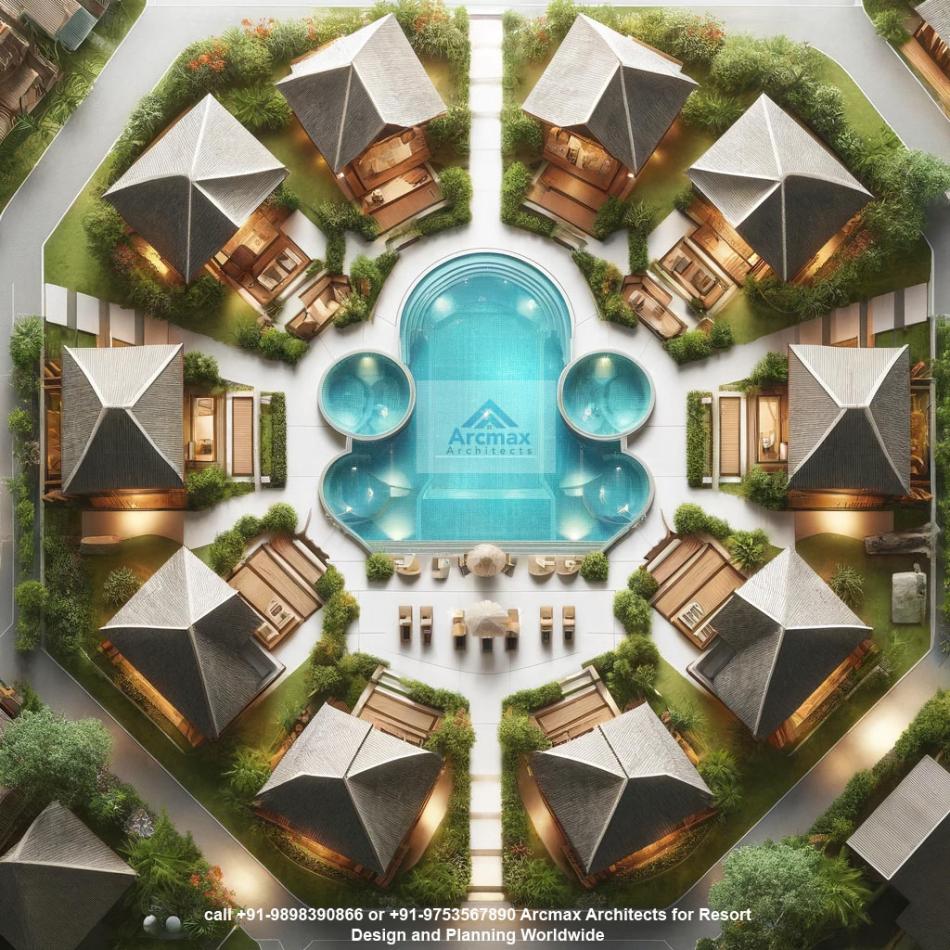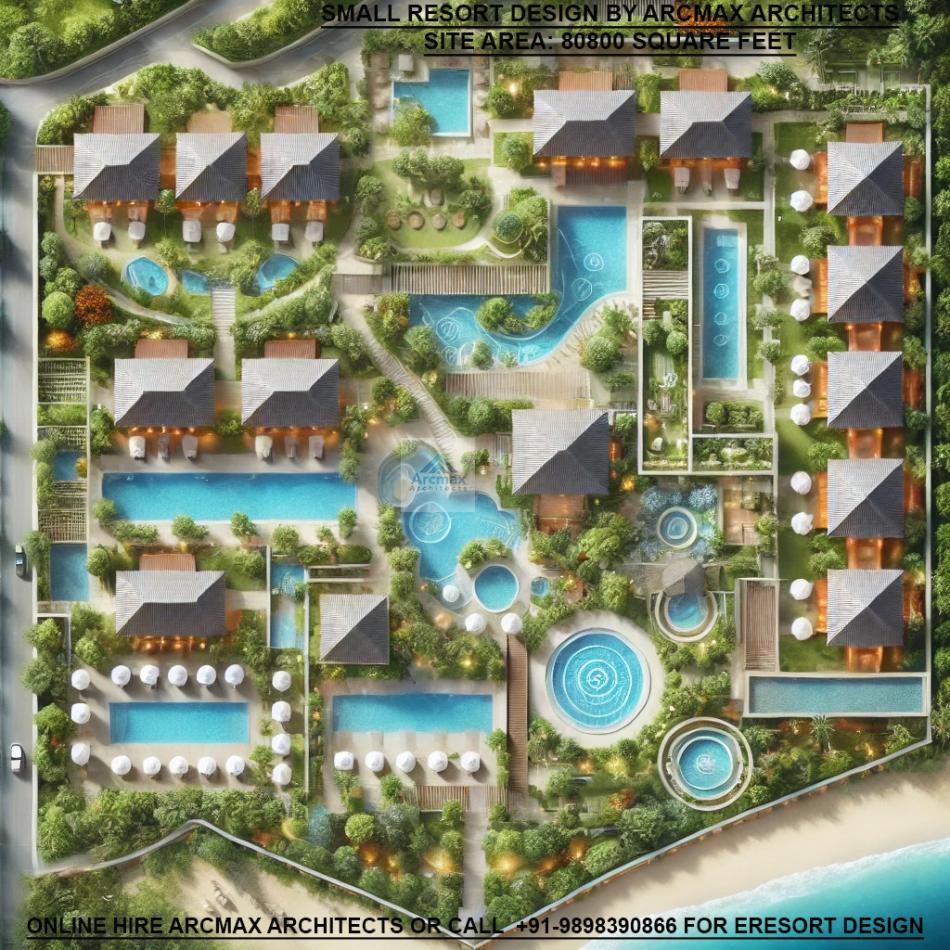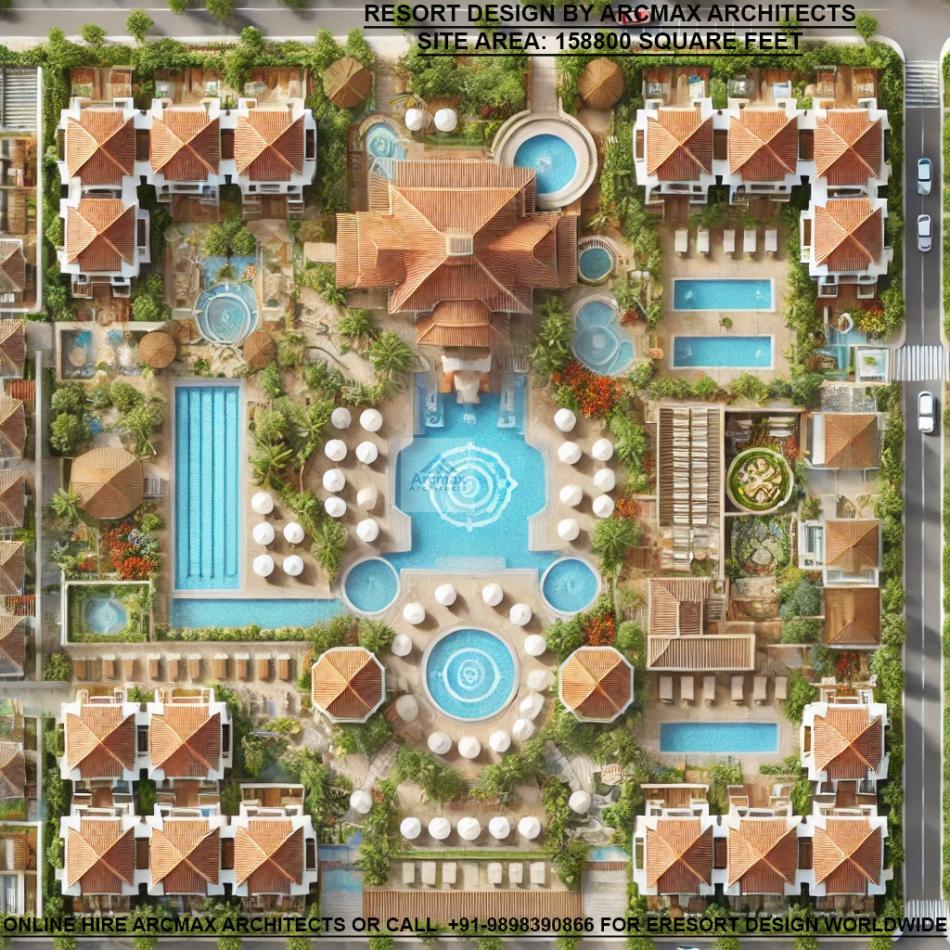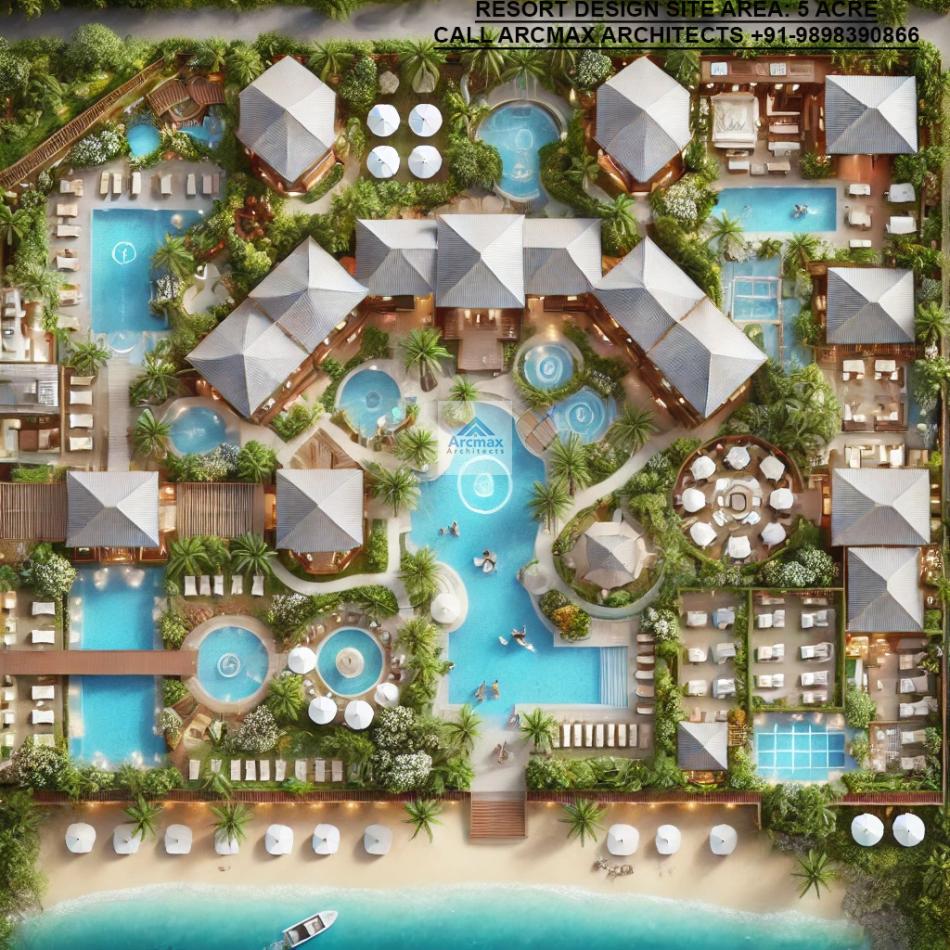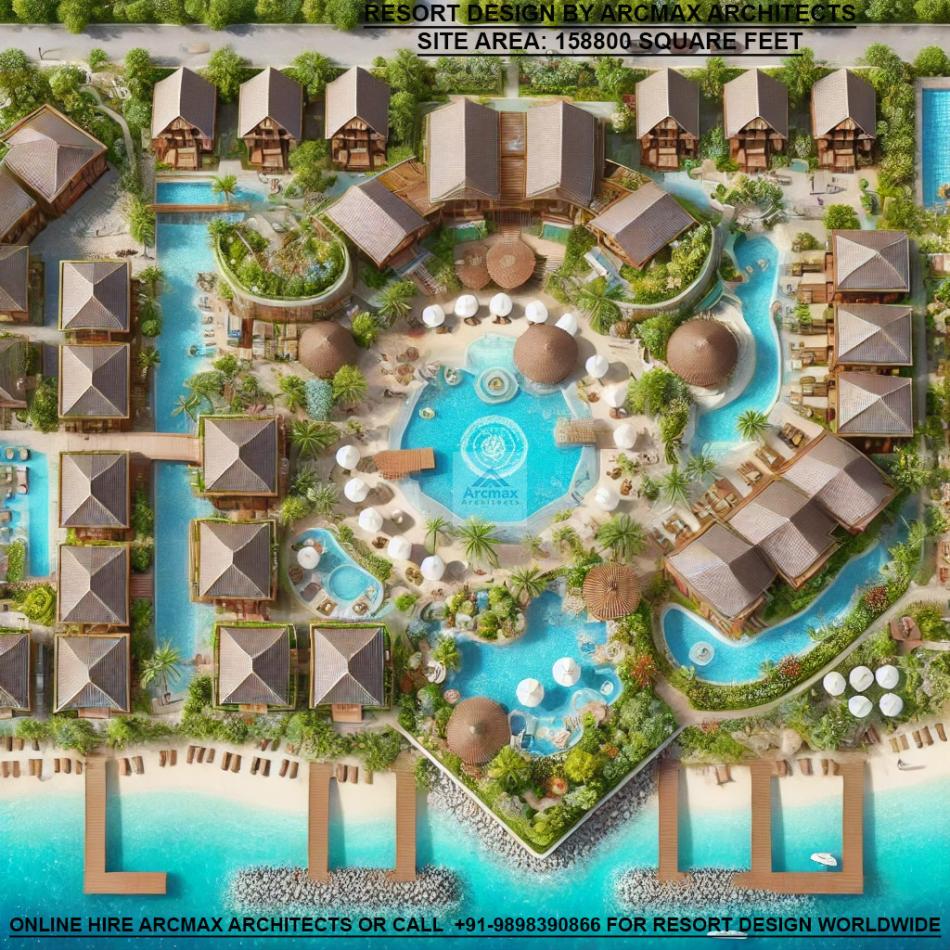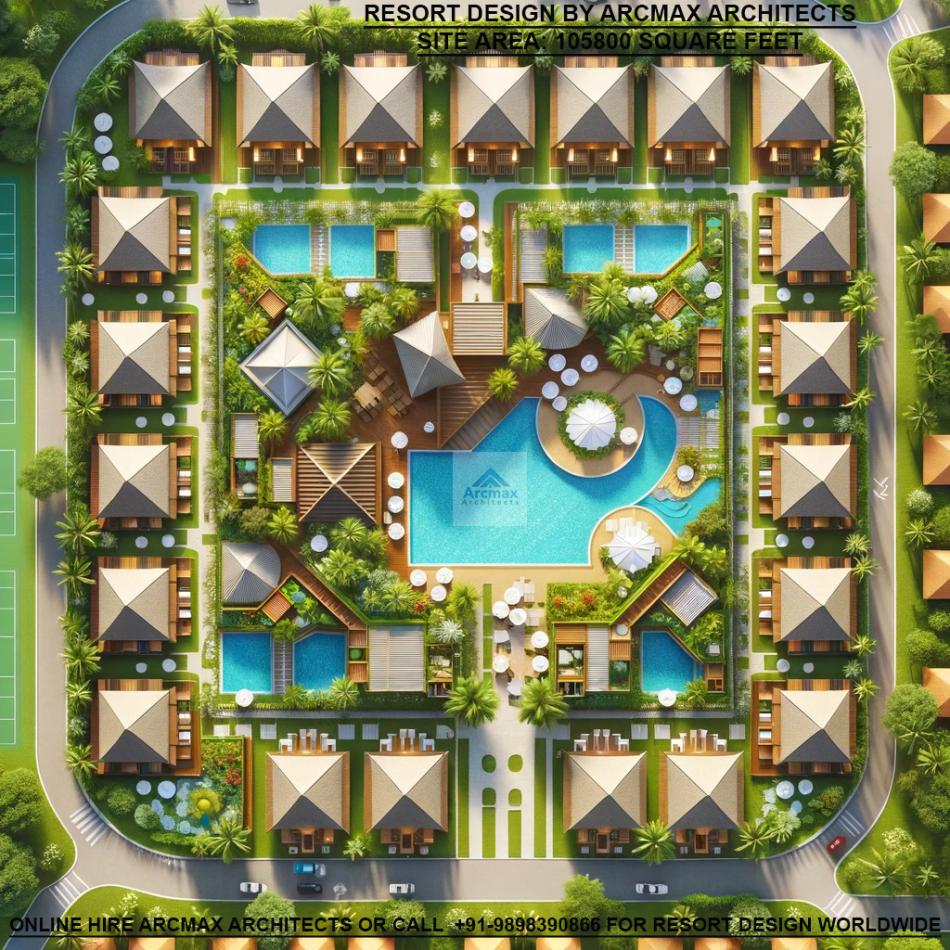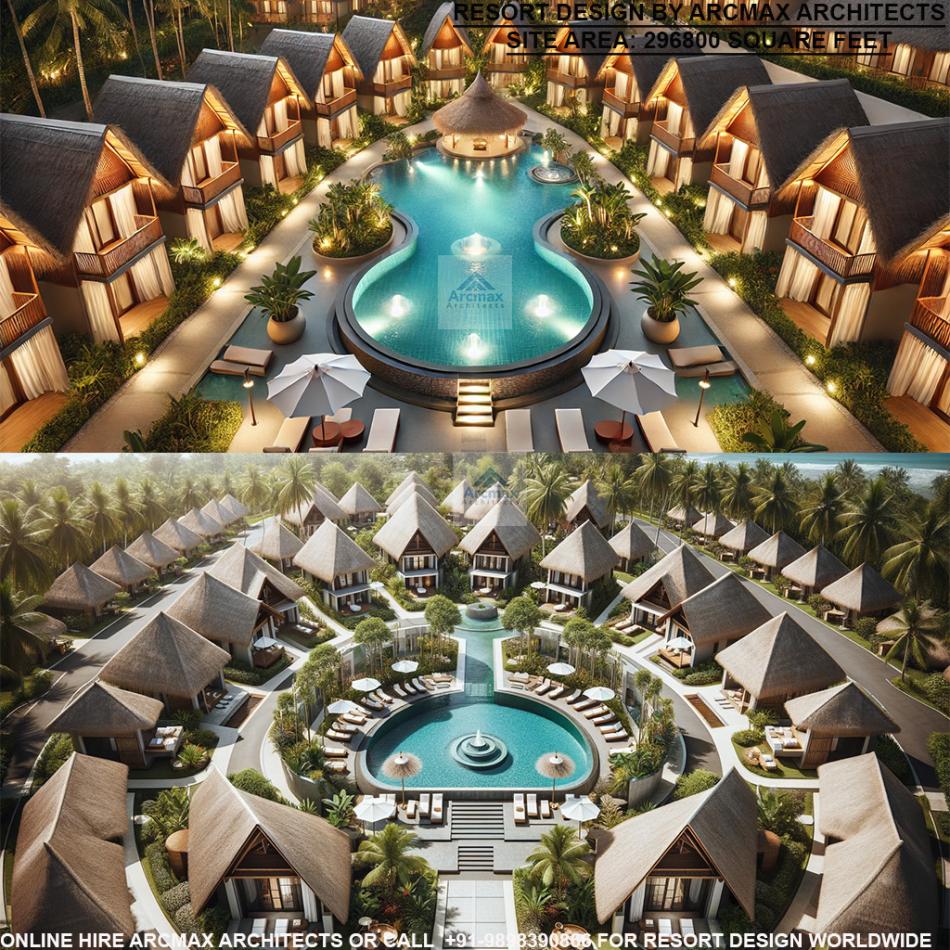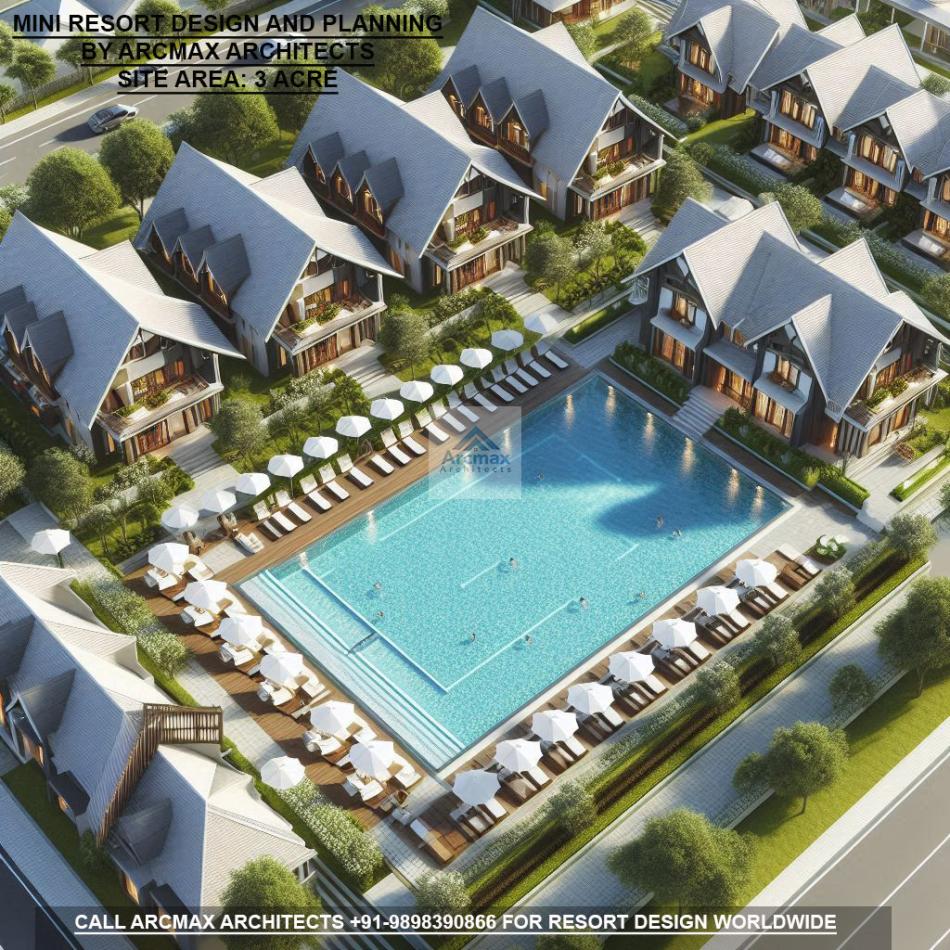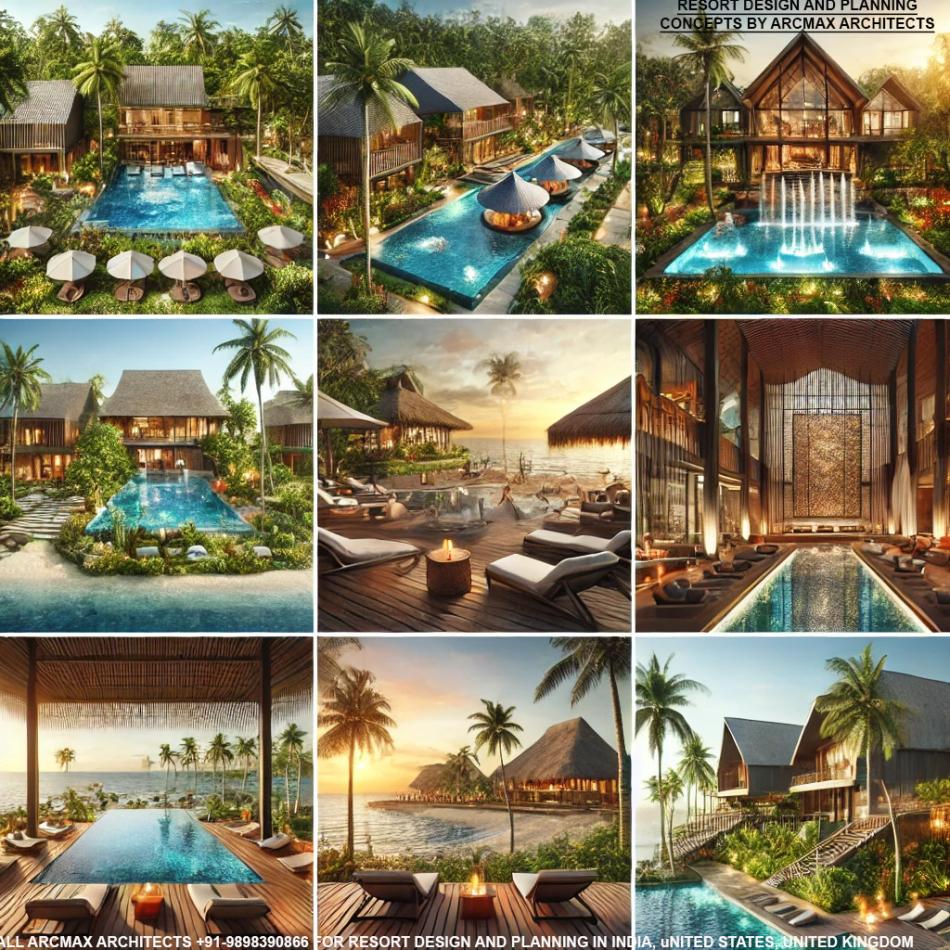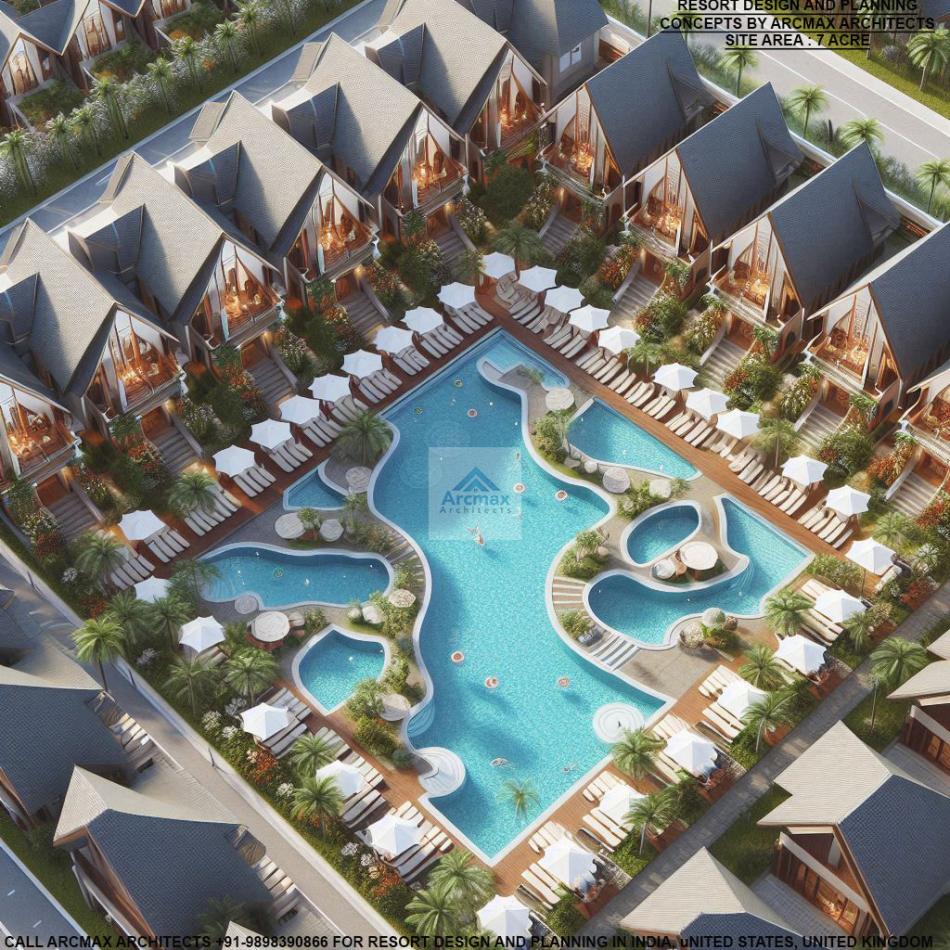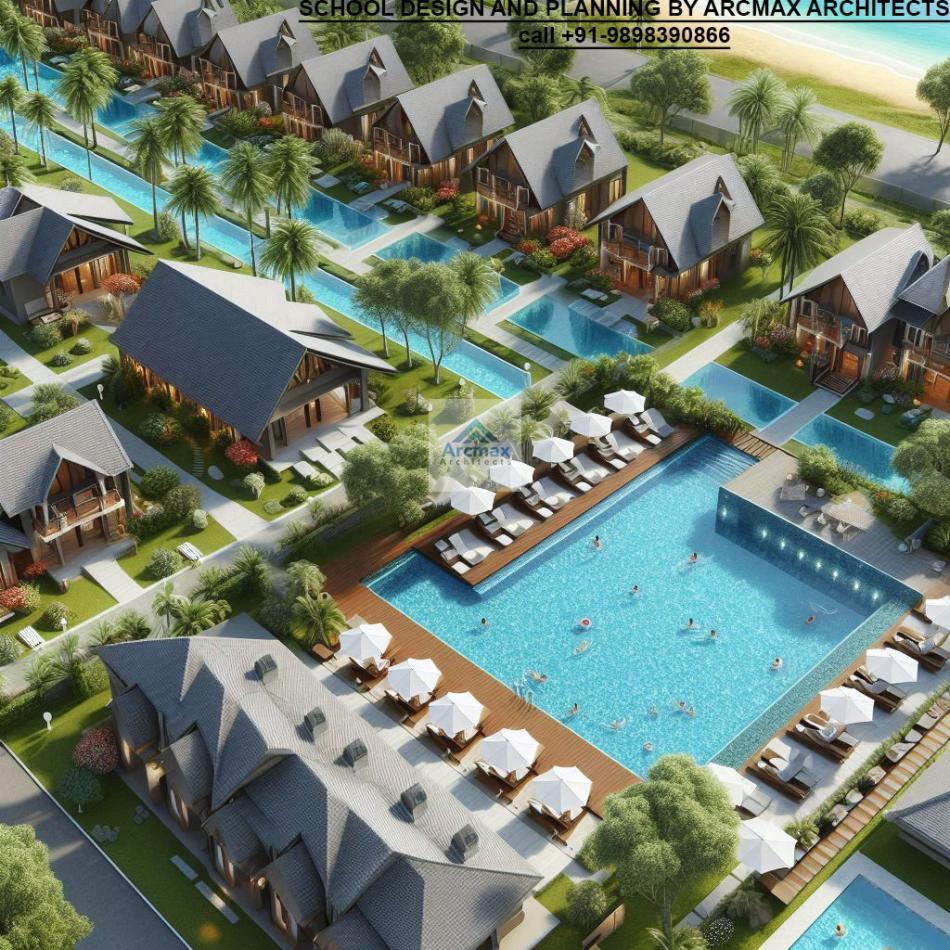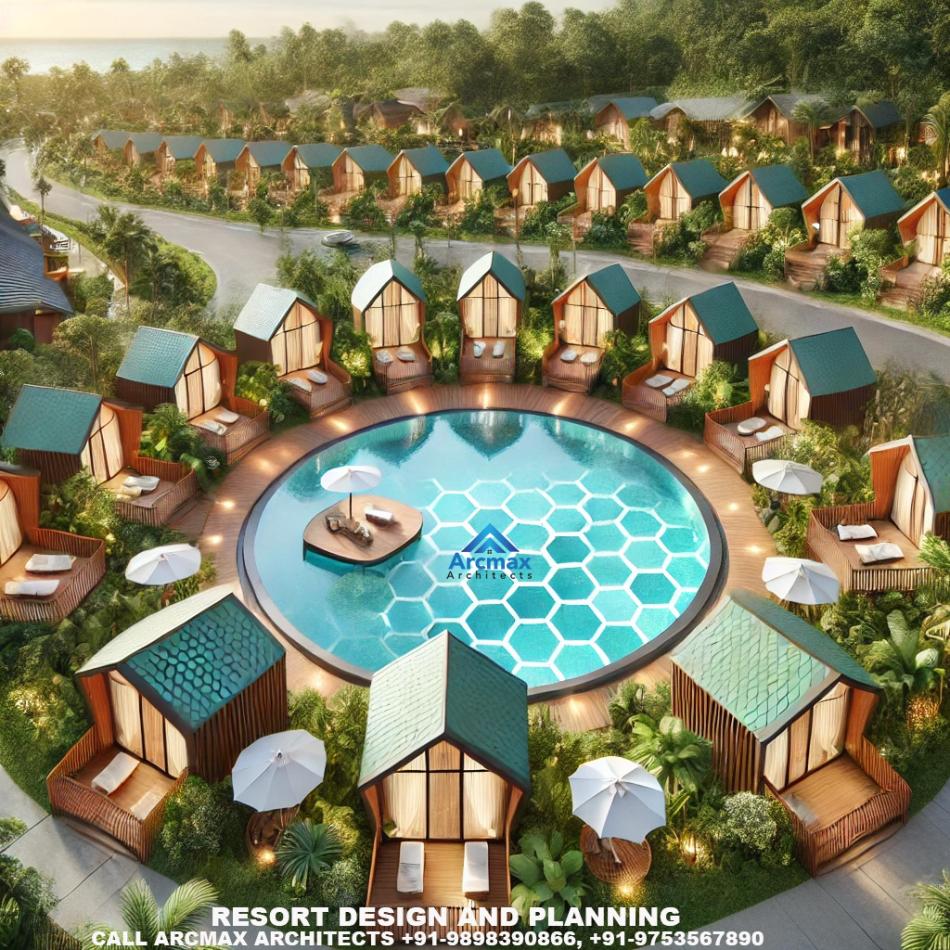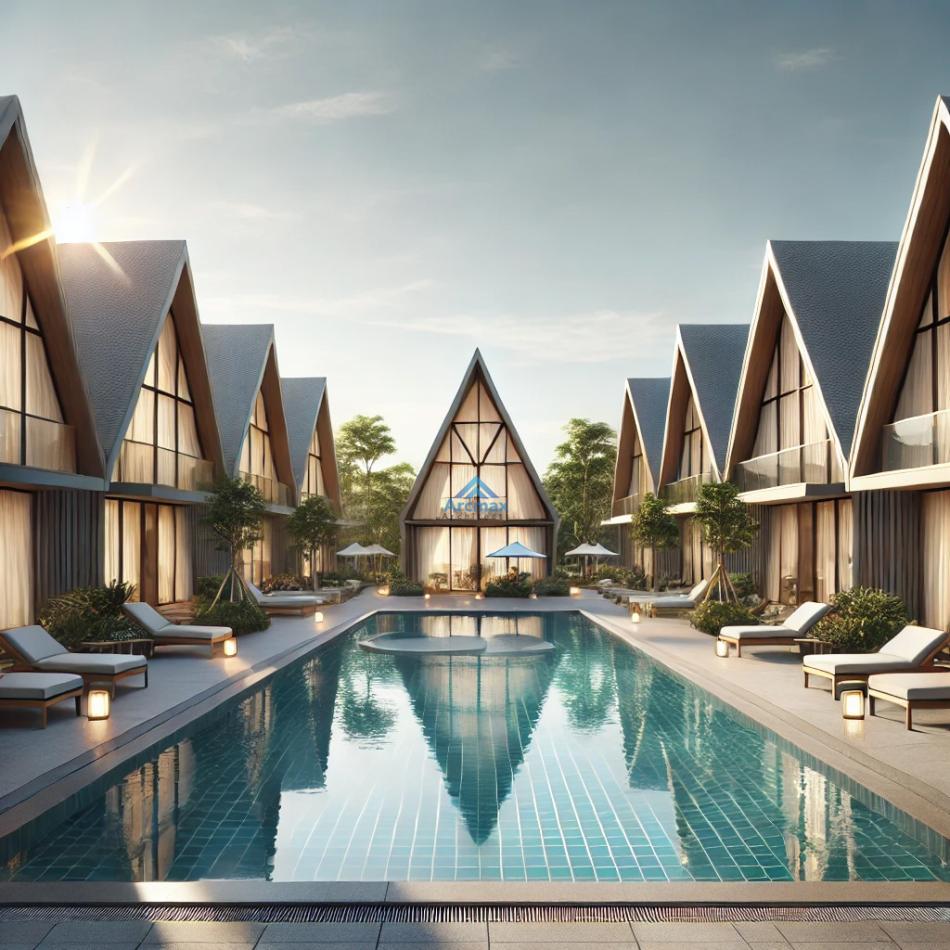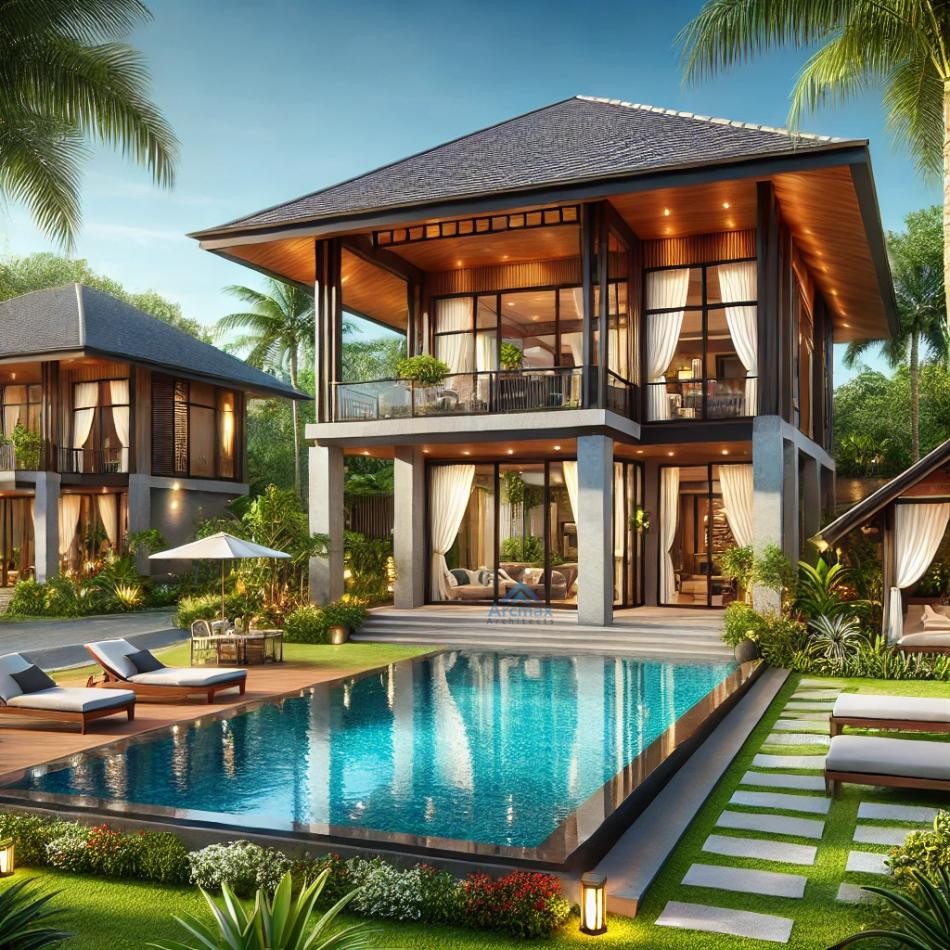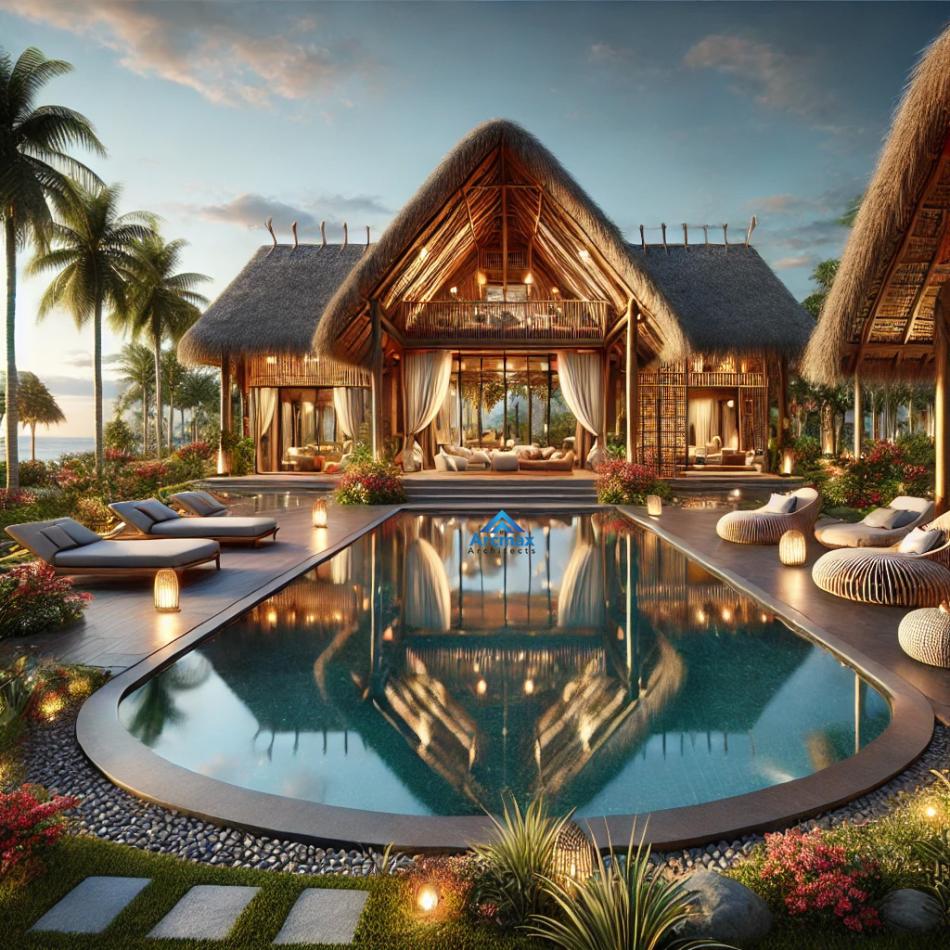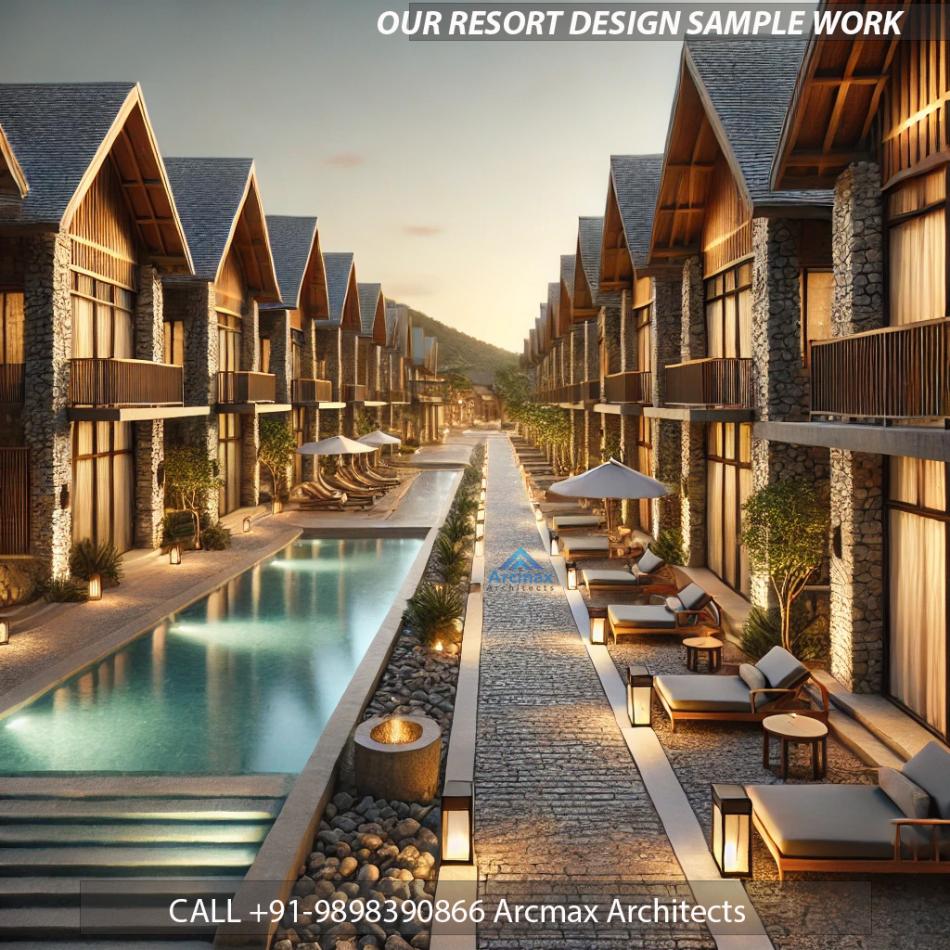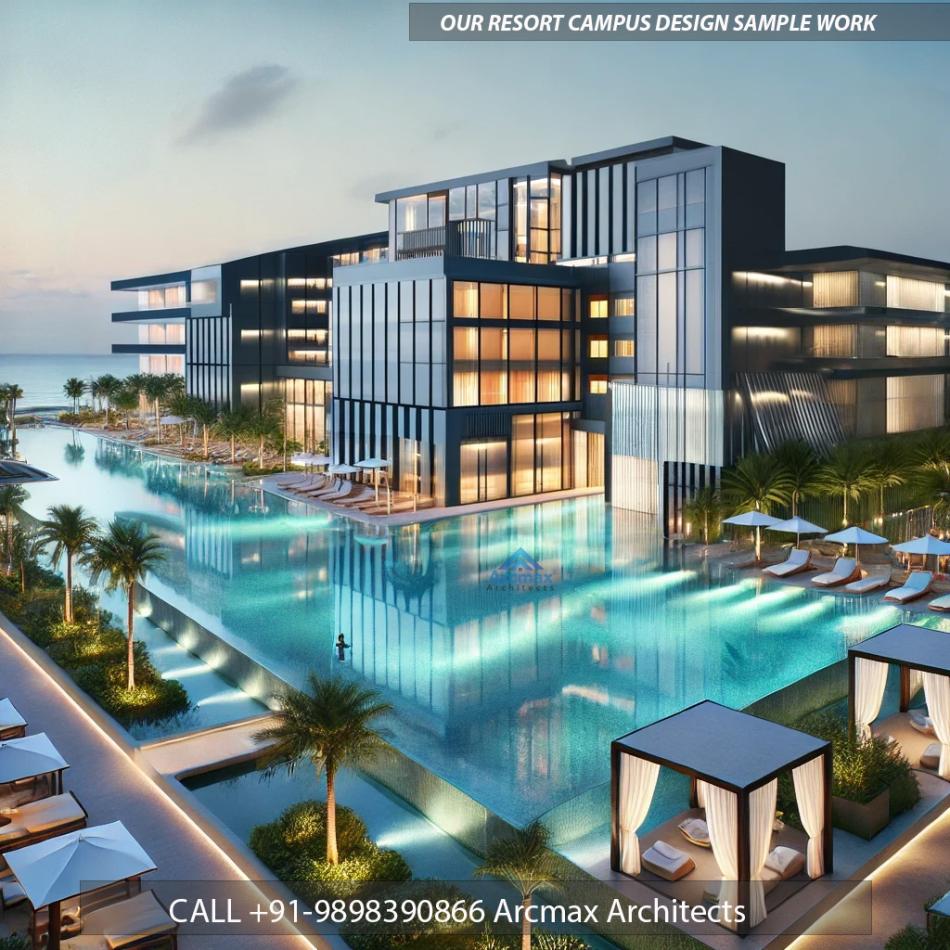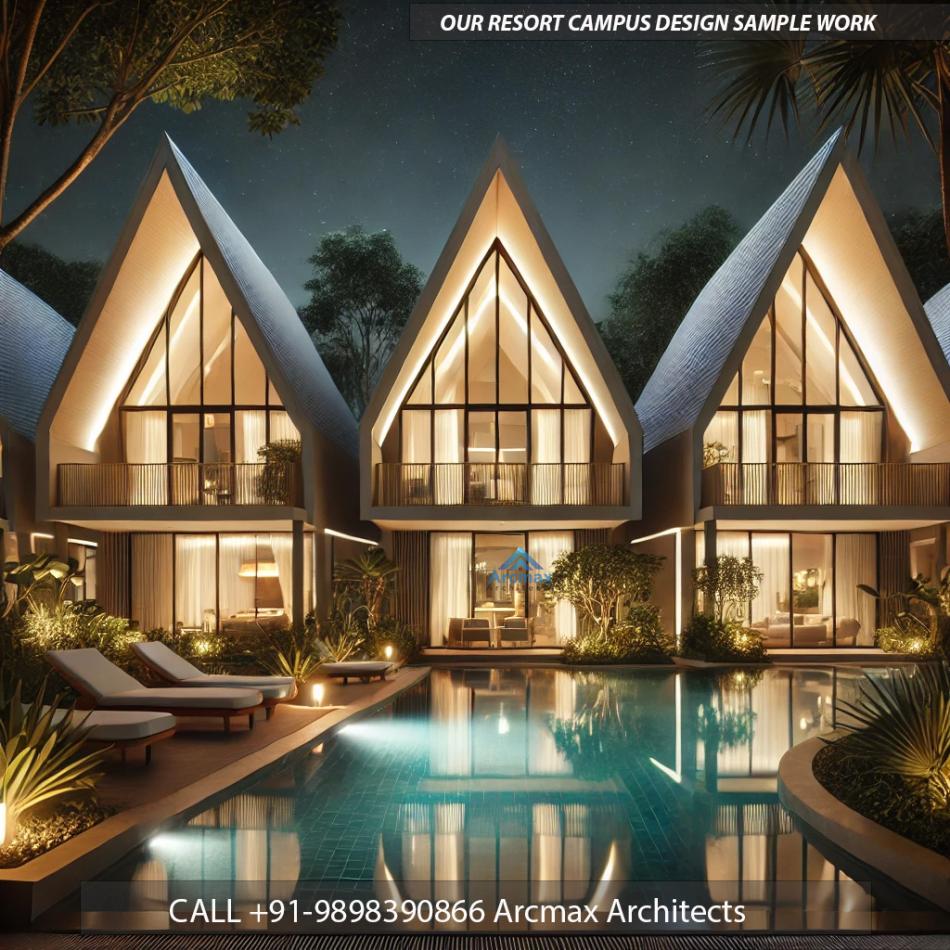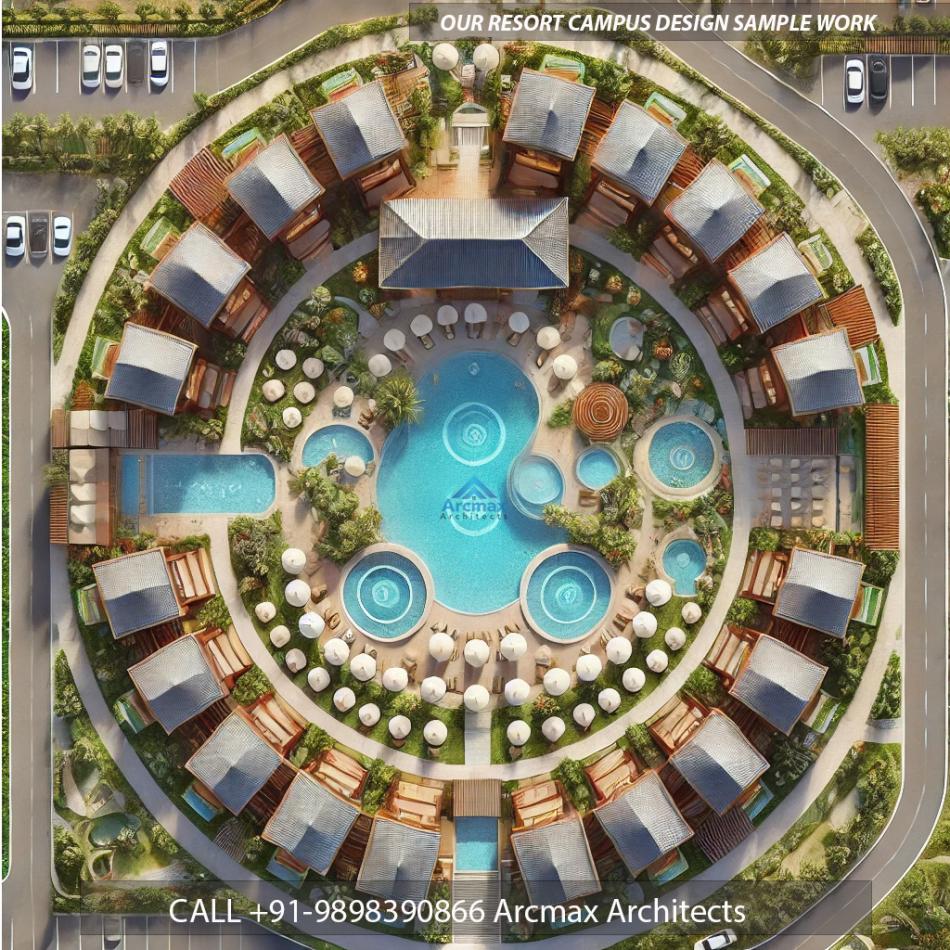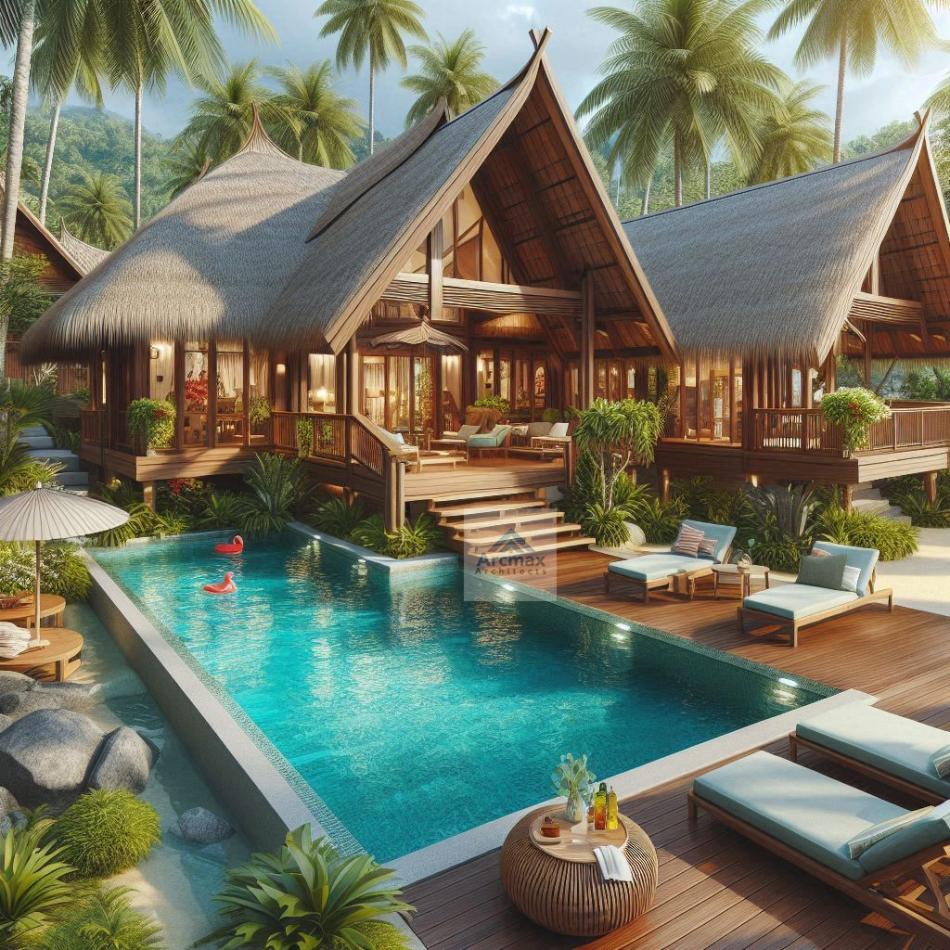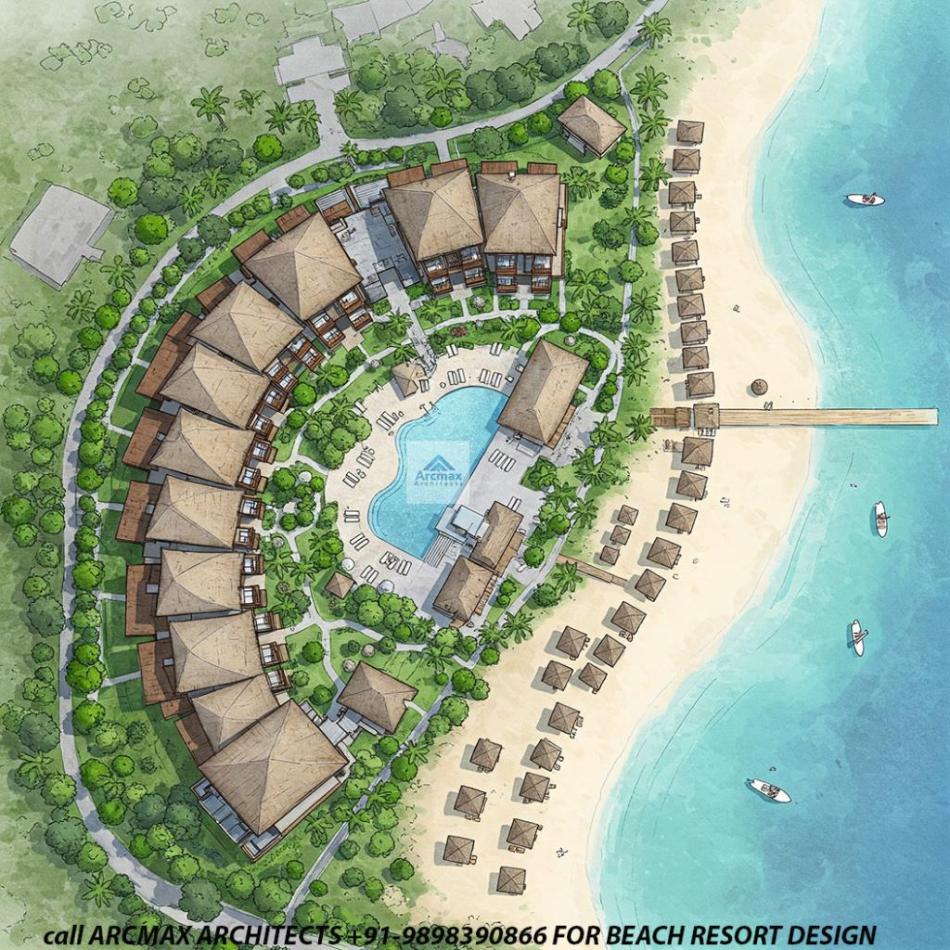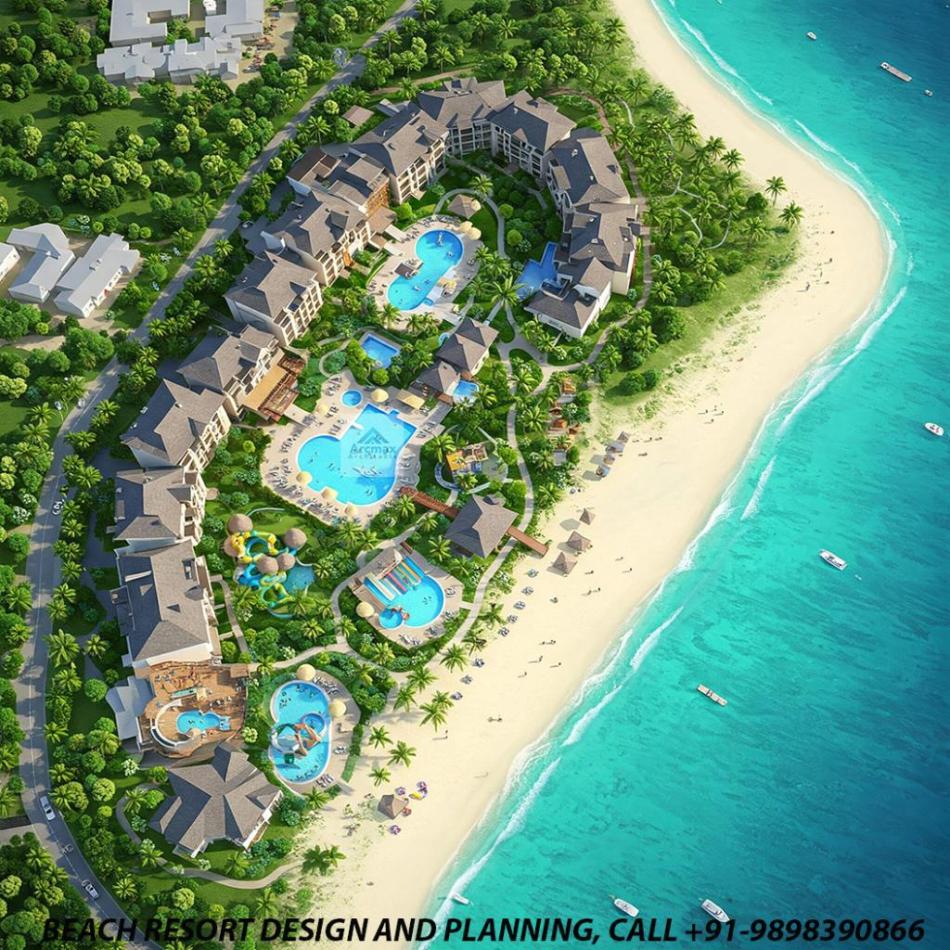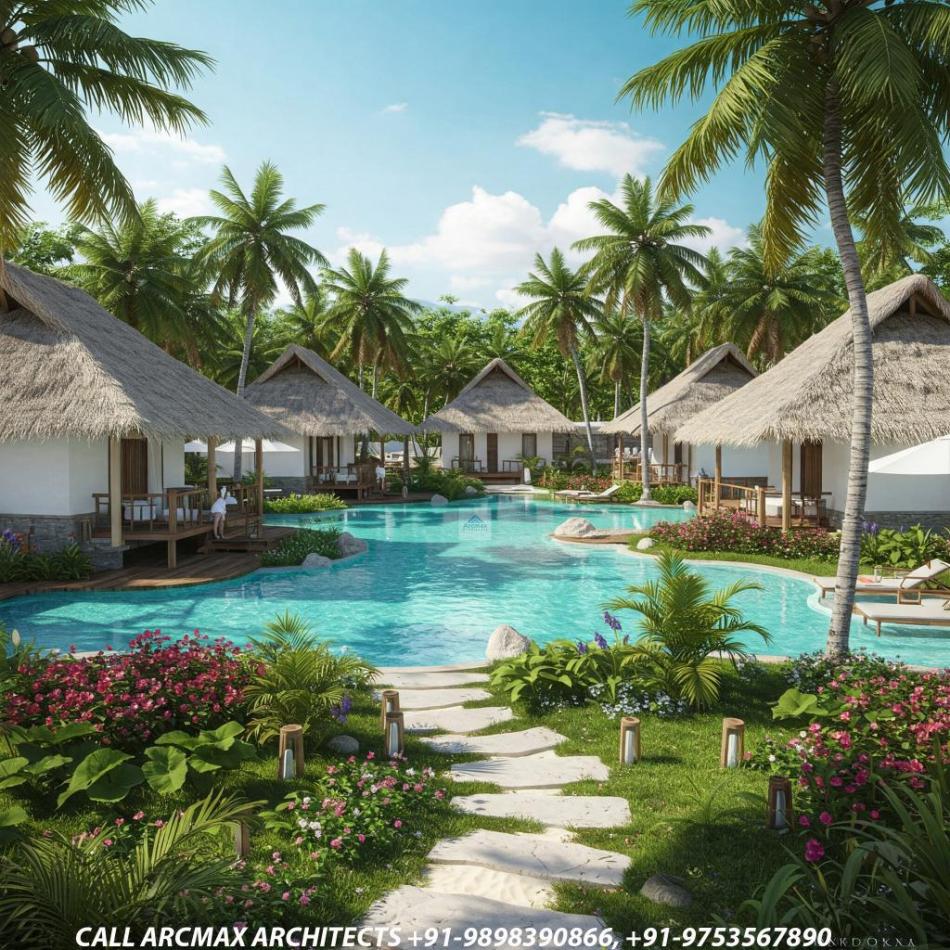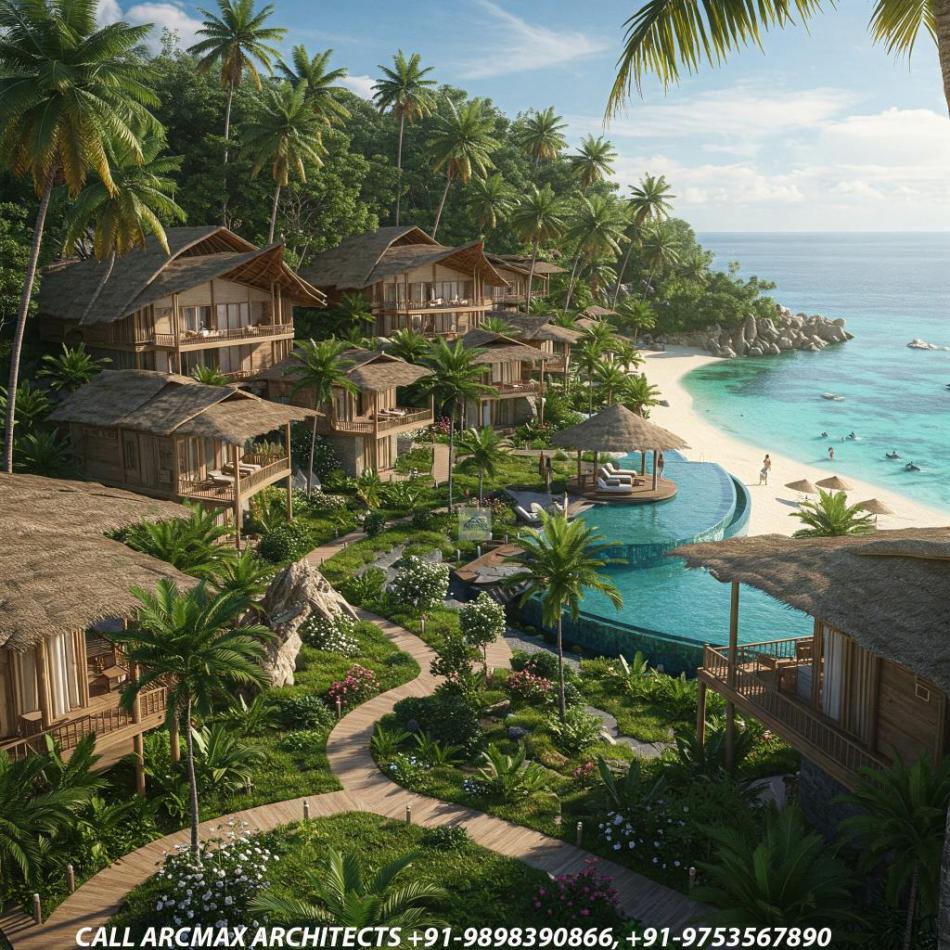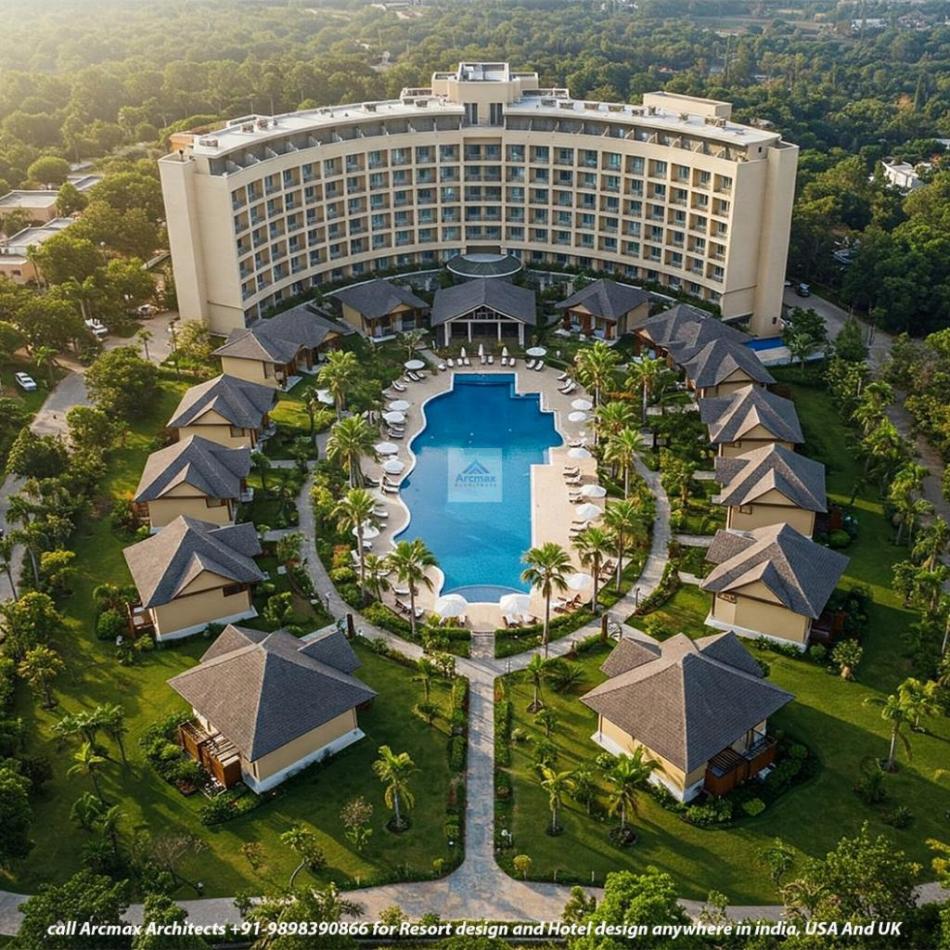Bakeri City, Pincode: 380015 Ahmedabad, Gujarat, India,
244 Madison Avenue, New York, United States
Our Client






Top Trends in Health and Wellness Resort Architecture
Top Trends in Health and Wellness Resort Architecture
The health and wellness industry has seen a significant transformation over the past few years, with architecture playing a crucial role in shaping immersive and rejuvenating experiences for guests. Modern wellness resorts now integrate nature, sustainability, and cutting-edge technology to create holistic environments that promote physical, mental, and emotional well-being. Here are some of the top trends defining health and wellness resort architecture today.
1. Biophilic Design Biophilic design focuses on integrating natural elements into the built environment to enhance well-being. This includes the use of large windows to maximize natural light, indoor gardens, green walls, and water features. The aim is to create a seamless connection between guests and nature, reducing stress and improving overall health.
2. Sustainable and Eco-Friendly Materials Sustainability is a key focus in wellness resort architecture. The use of locally sourced, renewable, and recycled materials helps minimize environmental impact. Resorts are also incorporating passive cooling techniques, solar energy, and rainwater harvesting systems to promote eco-conscious hospitality.
3. Minimalist and Zen-Inspired Spaces A shift toward simplicity and tranquility has led to the popularity of minimalist and Zen-inspired designs. These spaces feature uncluttered layouts, neutral color palettes, and natural textures that encourage relaxation and mindfulness. Open-air yoga pavilions, meditation rooms, and serene spa areas are common elements in such resorts.
4. Smart and Wellness Technology Integration Technology is playing an increasing role in wellness resort architecture. Features such as circadian lighting systems, air purification technologies, and AI-driven personalized wellness programs are becoming standard. Smart rooms equipped with customizable settings for lighting, sound, and temperature enhance guest comfort and relaxation.
5. Thermal and Hydrotherapy Centers Hydrotherapy remains a cornerstone of wellness resorts. Modern designs include thermal pools, cold plunge pools, saunas, and steam rooms that utilize the healing power of water. Some resorts also integrate ancient practices such as Japanese onsen baths, Roman-inspired thermal circuits, and hydrothermal experiences to offer diverse therapeutic benefits.
6. Immersive Outdoor Experiences Health and wellness resorts are extending their design philosophy beyond indoor spaces to incorporate immersive outdoor experiences. From forest bathing trails and floating meditation pods to cliffside infinity pools and open-air massage pavilions, nature-centric wellness is becoming a primary attraction.
7. Personalized Wellness Suites Resorts are now offering tailored wellness experiences through personalized suites. These spaces may include in-room fitness equipment, private infrared saunas, sleep-enhancing technologies, and personalized aromatherapy diffusers. The goal is to provide a holistic retreat that caters to the specific needs of each guest.
8. Regenerative and Restorative Landscapes Beyond sustainability, some resorts are focusing on regenerative design principles that restore and enhance the natural ecosystem. Native plant landscaping, rewilding initiatives, and organic gardens that supply farm-to-table dining experiences are becoming integral to the wellness resort experience.
9. Multi-Sensory Healing Spaces Architecture is evolving to engage all the senses in wellness experiences. Sound therapy rooms, chromotherapy lighting, aromatherapy-infused spaces, and tactile natural materials work together to create a fully immersive healing environment that caters to mind and body.
10. Wellness-Oriented Community Spaces Modern wellness resorts are embracing community-centered spaces that encourage social interaction and group healing experiences. Open-air lounges, communal dining areas, and group therapy zones foster a sense of connection, which is crucial for emotional well-being.
As the demand for holistic well-being continues to grow, wellness resort architecture will continue to evolve, blending nature, technology, and sustainability to create transformative and rejuvenating experiences for travelers worldwide.

